

The Royal Military College of Canada opens in Kingston, Ont., with a class of 18 cadets.
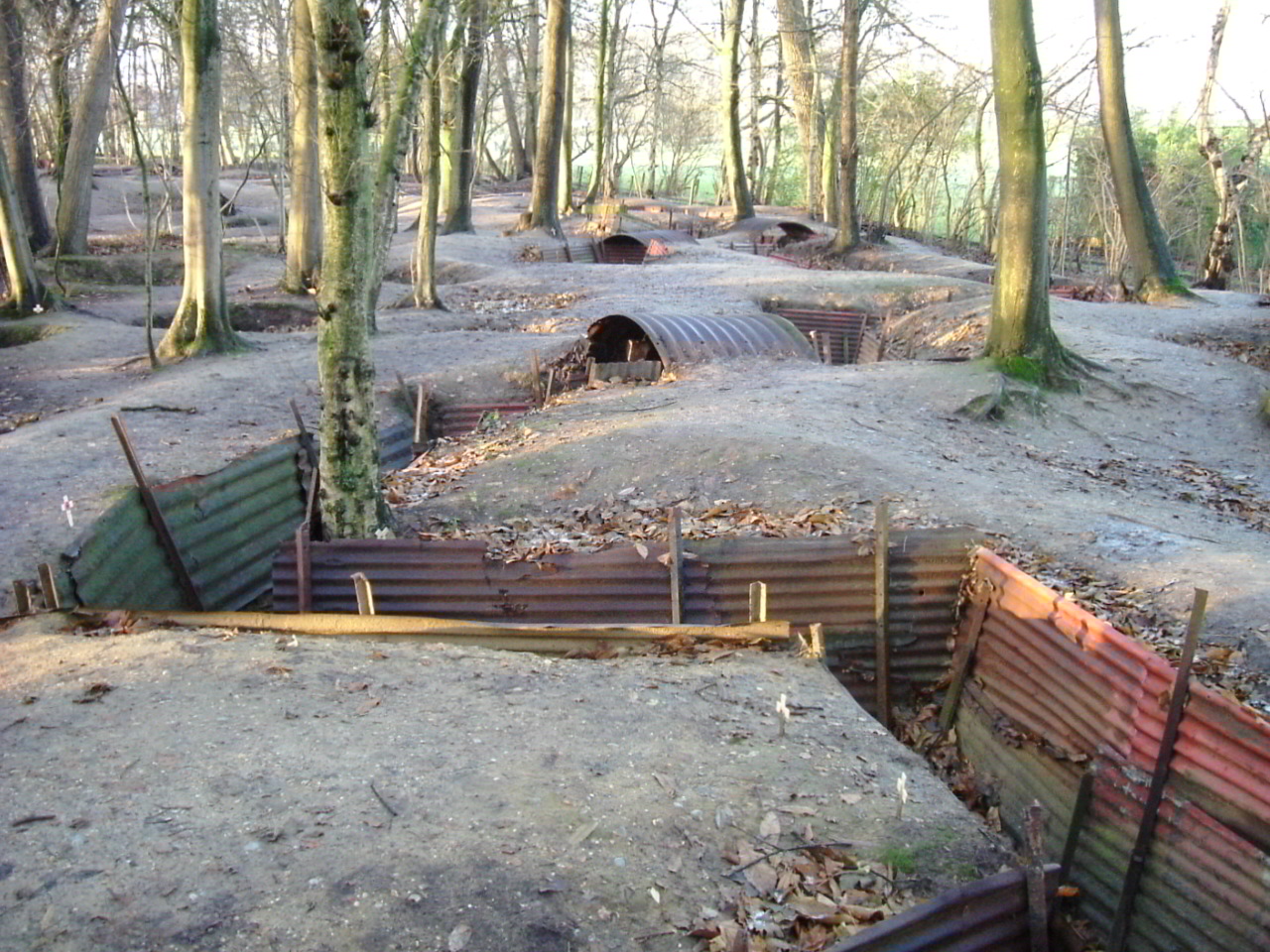
Canadian positions are hit by German shellfire at the northern edge of Sanctuary Wood, near Ypres, Belgium.
3 June 1885
In the Battle of Loon Lake in Saskatchewan, North West Mounted Police led by Major Sam Steele attack Cree warriors. Part of the Northwest Rebellion, it is the last military engagement fought on Canadian soil.
4 June 1742
Le Canada, the first naval ship built completely in New France, is launched.

Pretoria, South Africa, surrenders to British forces.
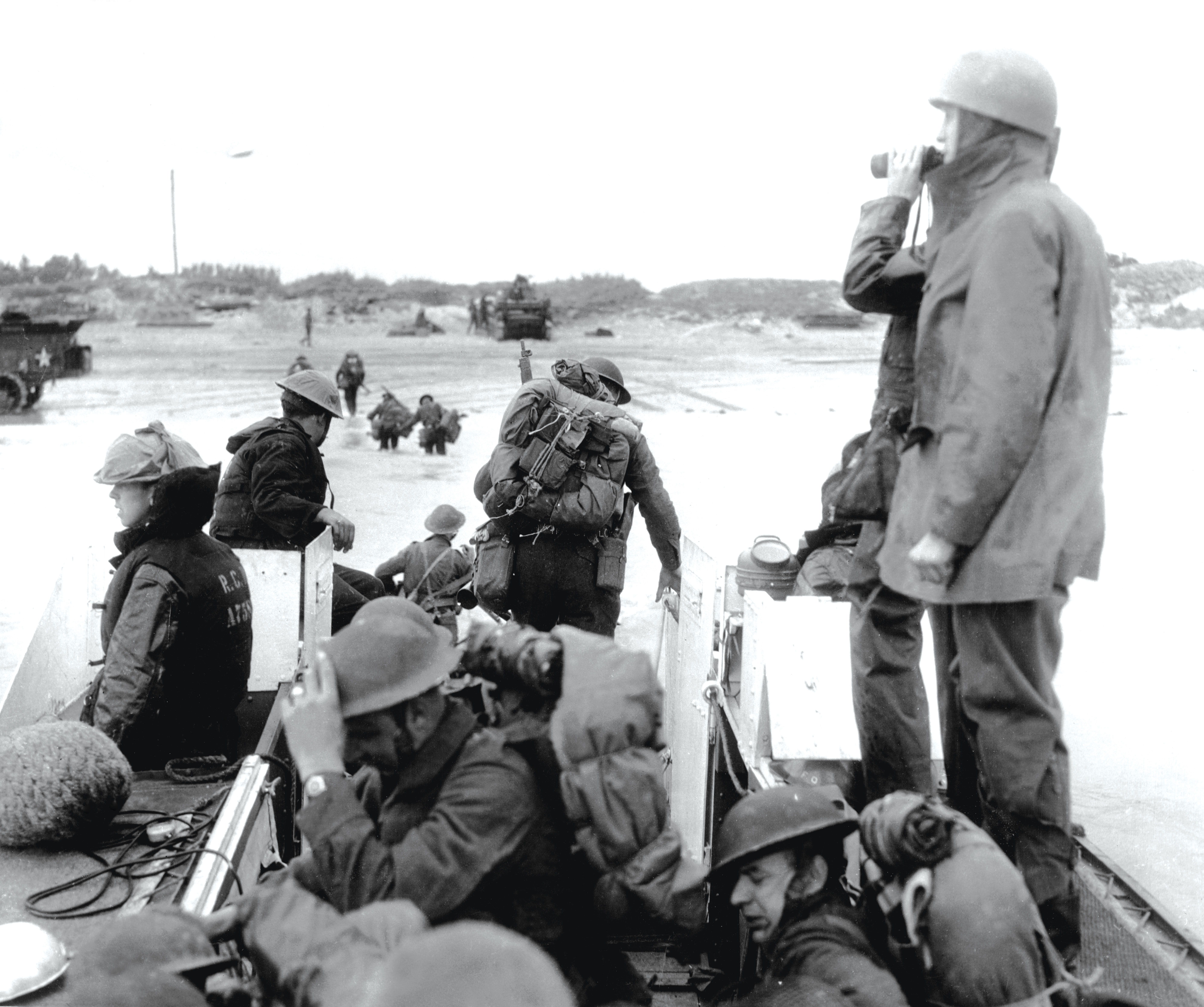
Some 14,500 Canadians invade the beach code-named Juno, marking the beginning of the Allied invasion of Normandy in France.
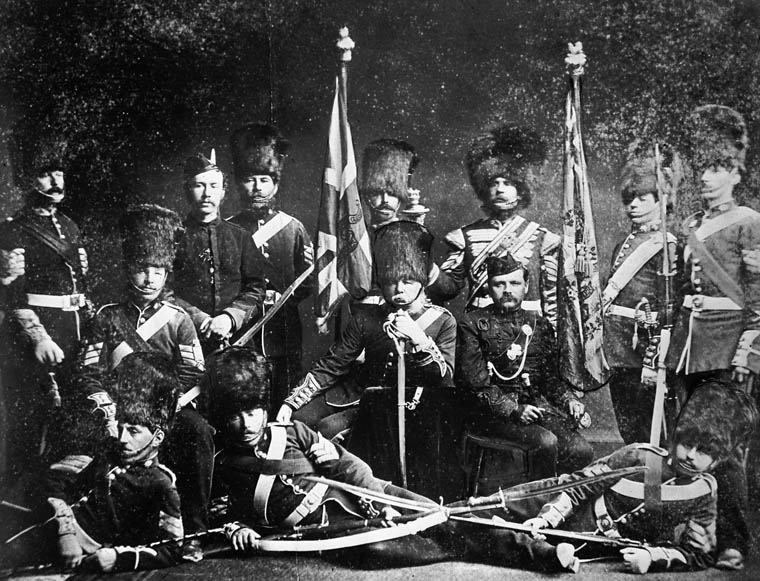
The Governor General’s Foot Guards is organized in Ottawa.
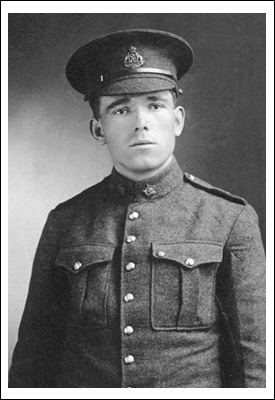
Corporal Joseph Kaeble repulses some 50 Germans near Neuville-Vitasse, France. He is posthumously awarded the Victoria Cross.
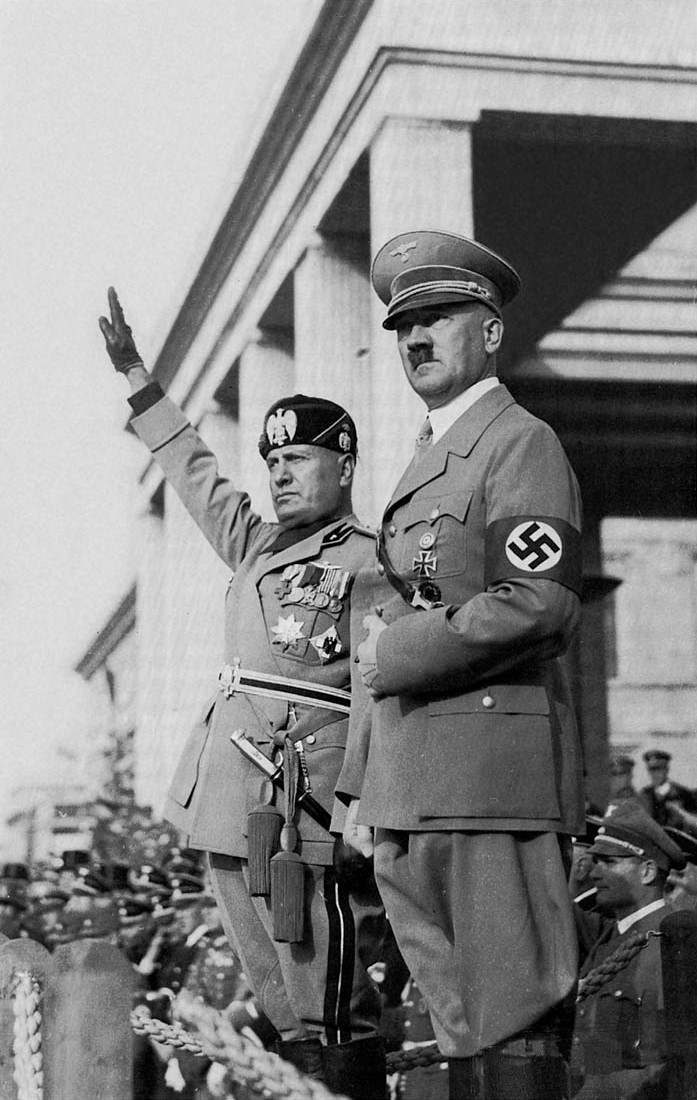
Italian dictator Benito Mussolini declares war on France and Great Britain.
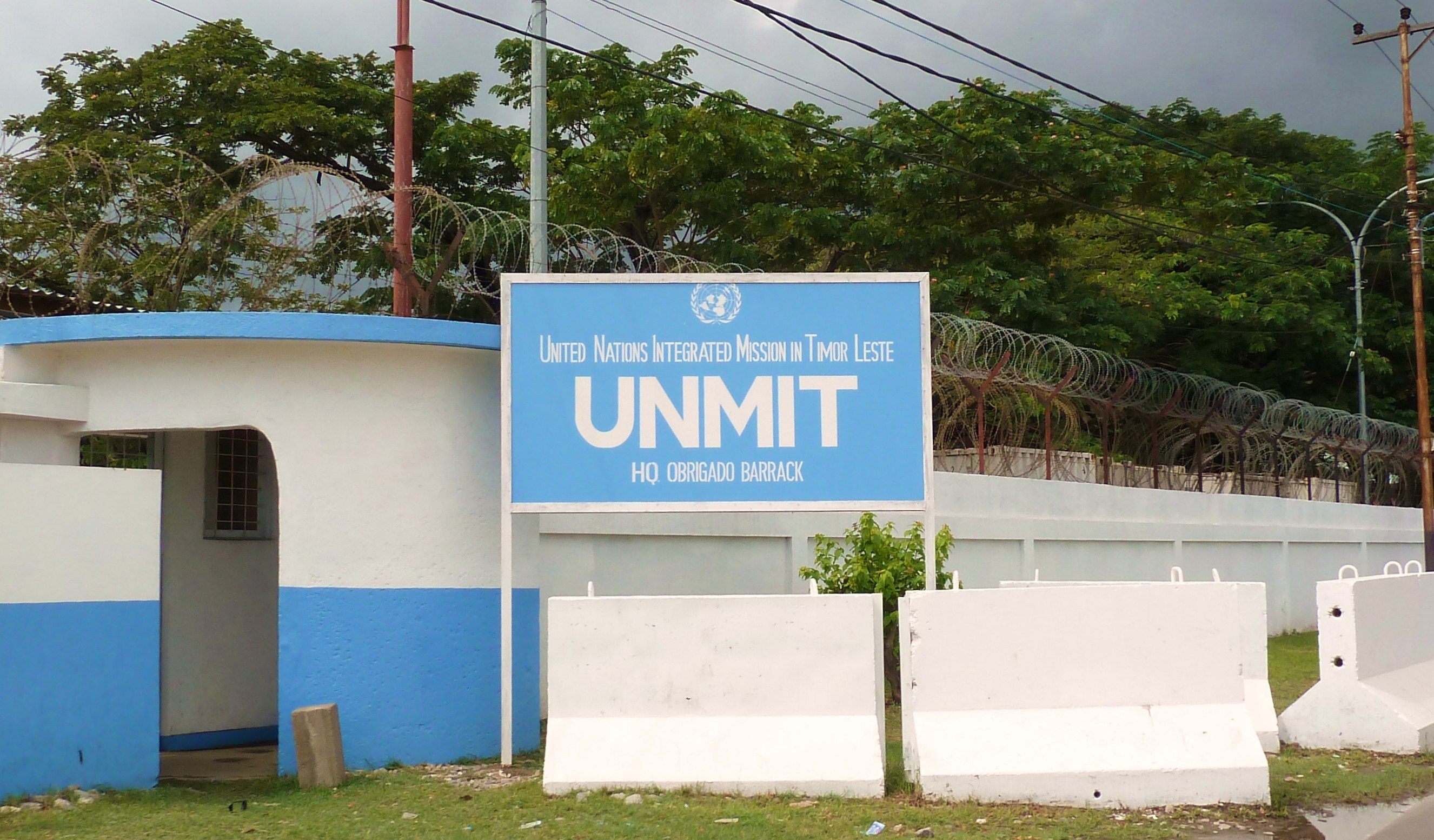
The UN mission in East Timor is authorized to conduct a referendum on East Timor’s separation from Indonesia. Canada later joins a multinational peacekeeping force to address the security crisis in the vote’s aftermath.
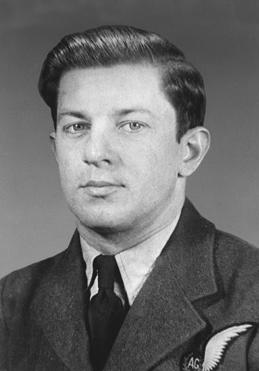
Pilot Officer Andrew Mynarski’s aircraft is hit by enemy fire. Flying Officer Pat Brophy is trapped in the rear turret, so Mynarski ignores orders to abandon the aircraft and attempts but is unable to rescue Brophy. With his parachute and clothing in flames, Mynarski bails out. He is found by the French but later dies from the burns. Brophy survives the crash and Mynarski is awarded the Victoria Cross.
13 June 1898
The Yukon Territory Act receives royal assent.
14 June 1841
The first session of the first Parliament of Canada is opened by Baron Sydenham in Kingston, Ont.

On his 48th birthday, Lieutenant Frederick Campbell leads an assault on a German trench near Givenchy, France, losing nearly all his men under heavy fire. Advancing with another soldier, he holds off a counterattack. He later dies from his wounds but is awarded the Victoria Cross.
16 June 1940
Z Force, a contingent of 2,700 Canadian troops, arrives in Iceland to assist the British with garrison duty against a possible German invasion.
17 June 1943
A convoy of transport ships conduct a large-scale dress rehearsal of Operation Husky (the invasion of Sicily) off the coast of Scotland.
18 June 1940
Prime Minister Mackenzie King introduces the National Resources Mobilization Act, stating that “this legislation will relate solely and exclusively to the defence of Canada on our own soil and in our own territorial waters.”
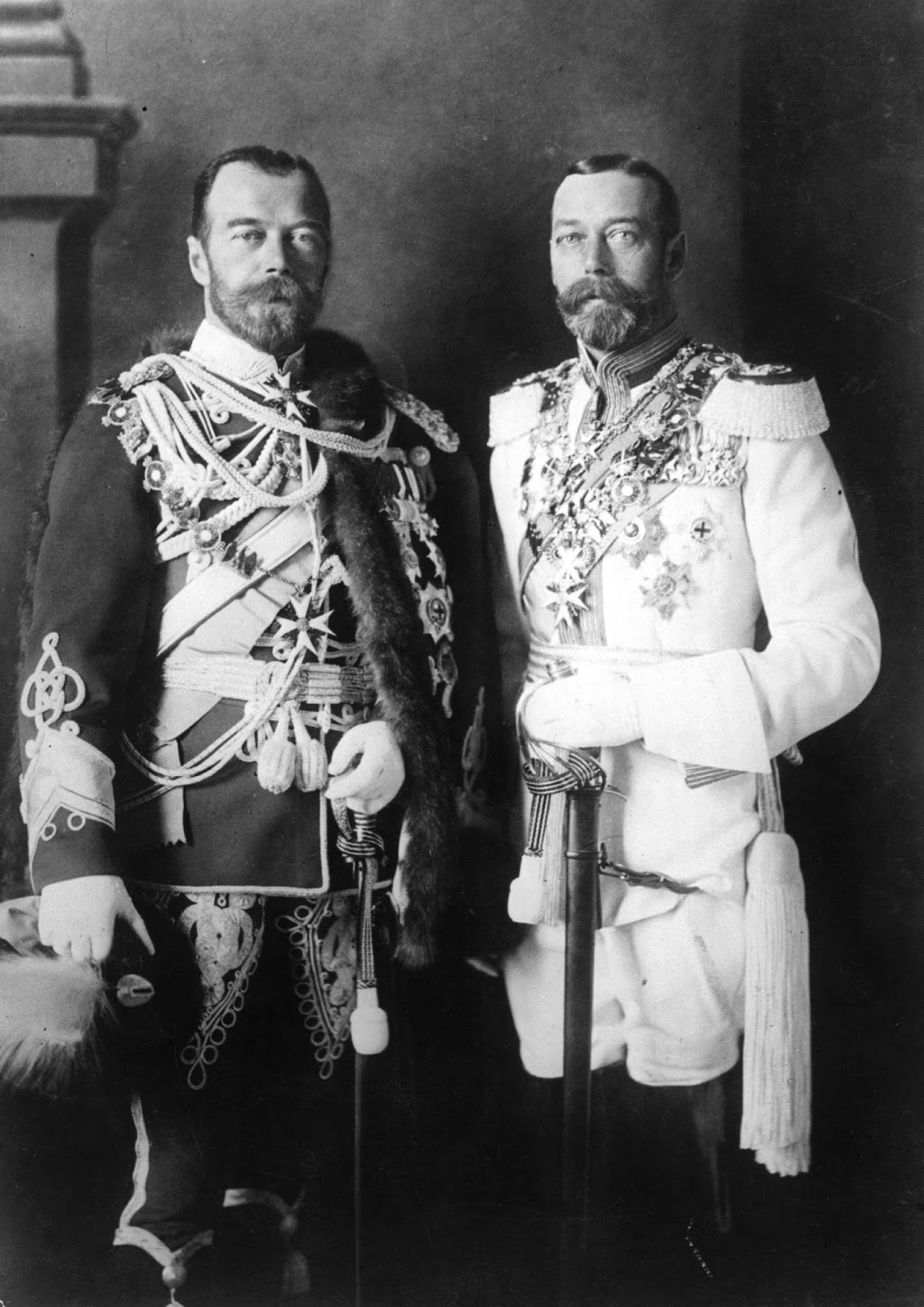
King George V orders the royal surname changed from the Germanic Saxe-Coburg-Gotha to Windsor.
20 June 1942
HMCS Edmundston rescues 31 crew from freighter SS Fort Camosun after an attack by a Japanese submarine off the coast of Washington.
21 June 1951
The Royal Canadian Regiment, Lord Strathcona’s Horse and Royal Canadian Horse Artillery patrol in Korea.
22 June 1900
Under attack by Boer forces, four members of the Canadian Mounted Rifles hold their post at a railway station at Honing Spruit, South Africa. Two are killed.
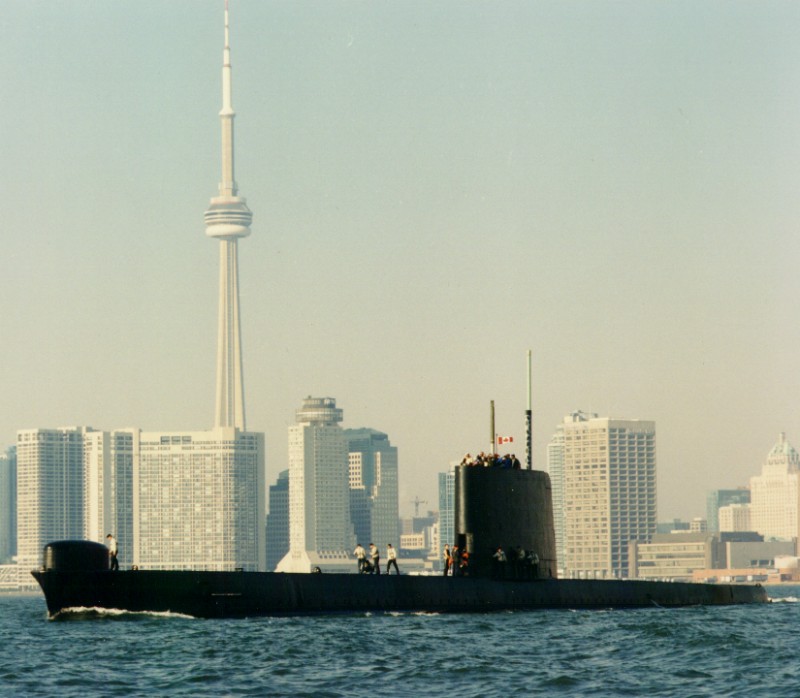
23 June 1968
The submarine HMCS Okanagan is commissioned.
24 June 1497
John Cabot makes landfall in North America, which he names Terra Nova (new-found land).
25 June 1940
Royal Canadian Navy destroyers engage in evacuations and offensive operations along the French coast.
26 June 1945
Canada is among 50 nations to sign the United Nations Charter, the foundational treaty of the United Nations.
27 June 1946
The Canadian government passes the Canadian Citizenship Act, defining the terms of Canadian citizenship.

28 June 1914
Austrian Archduke Franz Ferdinand and his wife Sophie are assassinated by a Serbian nationalist, setting off a series of events leading to the start of the First World War.

HMCS Halifax is commissioned.
30 June 1950
U.S. President Harry S. Truman commits American troops and a naval blockade to Korea. Canada and other UN members offer forces as well.
Advertisement












